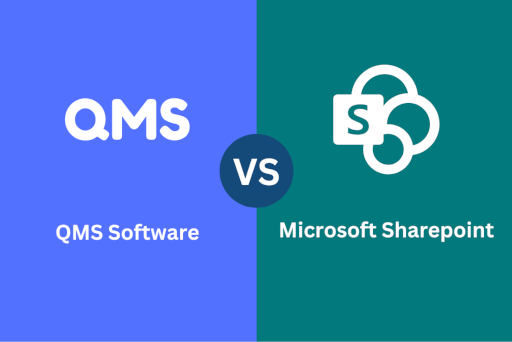Accident Management and QMS: Enhancing Organizational Safety and Compliance

In today’s fast-paced industrial and corporate environments, employee safety and health are top priorities. An effective accident management system integrated within a Quality Management System (QMS) not only enhances organizational safety but also ensures compliance with regulatory standards. This integration can significantly reduce workplace incidents, improve employee morale, and boost overall productivity.
Understanding Accident Management in QMS
Accident management involves a systematic approach to identifying, analyzing, and addressing workplace accidents and incidents. It encompasses the processes of reporting, investigation, corrective action, and prevention. When integrated with a QMS, accident management becomes an integral part of your company’s continuous improvement and risk management strategy.
A Quality Management System ensures that your company consistently meets customer and regulatory requirements. It includes a set of policies, processes, and procedures required for planning and execution in the core business area of your company. The inclusion of accident management in QMS means that safety is not an afterthought but a fundamental aspect of quality and operational excellence.
Benefits of Integrating Accident Management with QMS
- Enhanced Safety Culture: Integrating accident management into QMS fosters a culture of safety. Employees become more aware of safety protocols and are encouraged to report unsafe conditions and incidents without fear of retribution. This proactive approach leads to a safer working environment.
- Regulatory Compliance: Many industries are subject to stringent safety regulations. A robust accident management system within a QMS ensures that all incidents are documented and investigated thoroughly, helping your company stay compliant with legal and regulatory requirements. This can prevent costly fines and legal issues.
- Continuous Improvement: QMS is inherently focused on continuous improvement. By incorporating accident management, your company can identify patterns and root causes of accidents, allowing them to implement effective corrective actions and preventive measures. This leads to a reduction in future incidents and improvements in overall safety performance.
- Improved Incident Response: With a formalized accident management system, your company can respond more effectively to incidents. This includes quick reporting, thorough investigation, and timely corrective actions. A well-documented process ensures that nothing is overlooked, and lessons learned are integrated into future practices.
- Data-Driven Decisions: Integrating accident management with QMS provides valuable data on workplace safety. Analyzing this data helps your company identify trends and potential hazards, enabling you to make informed decisions to enhance safety protocols and mitigate risks.
Implementing the right QMS solution
By adopting a proactive approach to accident management, organizations can not only prevent incidents but also foster a safer, more productive work environment. For businesses striving to enhance their safety protocols and ensure compliance with regulatory standards, the incident and accident module offered by Trackmedium QMS provides an unparalleled solution. This state-of-the-art module is designed to streamline incident reporting, investigation, and corrective action processes, empowering organizations to foster a culture of safety and continuous improvement.
Key Features of Trackmedium QMS’s Incident and Accident Module
- Incident Recording: Efficiently document all incidents, including details of the affected persons, injuries, or illnesses resulting from the incident.
- Notification System: Automatically notify concerned individuals about incidents, ensuring timely communication and response.
- Action Assignments: Assign action items to team members to facilitate thorough investigations and implement corrective actions.
- CAPA Creation: Develop and manage Corrective and Preventive Actions (CAPAs) to address incidents and prevent recurrence.
- Regulatory Reporting: Generate OSHA 300, 300A, and 301 reports for incidents and their resulting injuries or illnesses, streamlining compliance reporting.
- Collaborative Safety Management: Utilize the database to collaboratively analyze incidents and implement proactive safety measures, reducing the likelihood of future incidents and their potential consequences.
Conclusion
Integrating accident management into a QMS is a strategic move that enhances organizational safety and ensures compliance with regulatory standards. It promotes a culture of continuous improvement, where safety is prioritized, and risks are systematically managed. By adopting a proactive approach to accident management, organizations can not only prevent incidents but also foster a safer, more productive work environment.
Investing in a robust accident management system within your QMS is not just about compliance; it’s about creating a sustainable safety culture that benefits everyone involved. In the long run, this integration leads to better operational efficiency, higher employee morale, and a stronger reputation for your organization.
Trackmedium QMS’s incident and accident module is your key to revolutionizing safety protocols. With comprehensive features and seamless integration, it offers everything you need to create a safer, more compliant workplace. Invest in Trackmedium QMS today and take the first step towards a future of enhanced safety and operational excellence.




